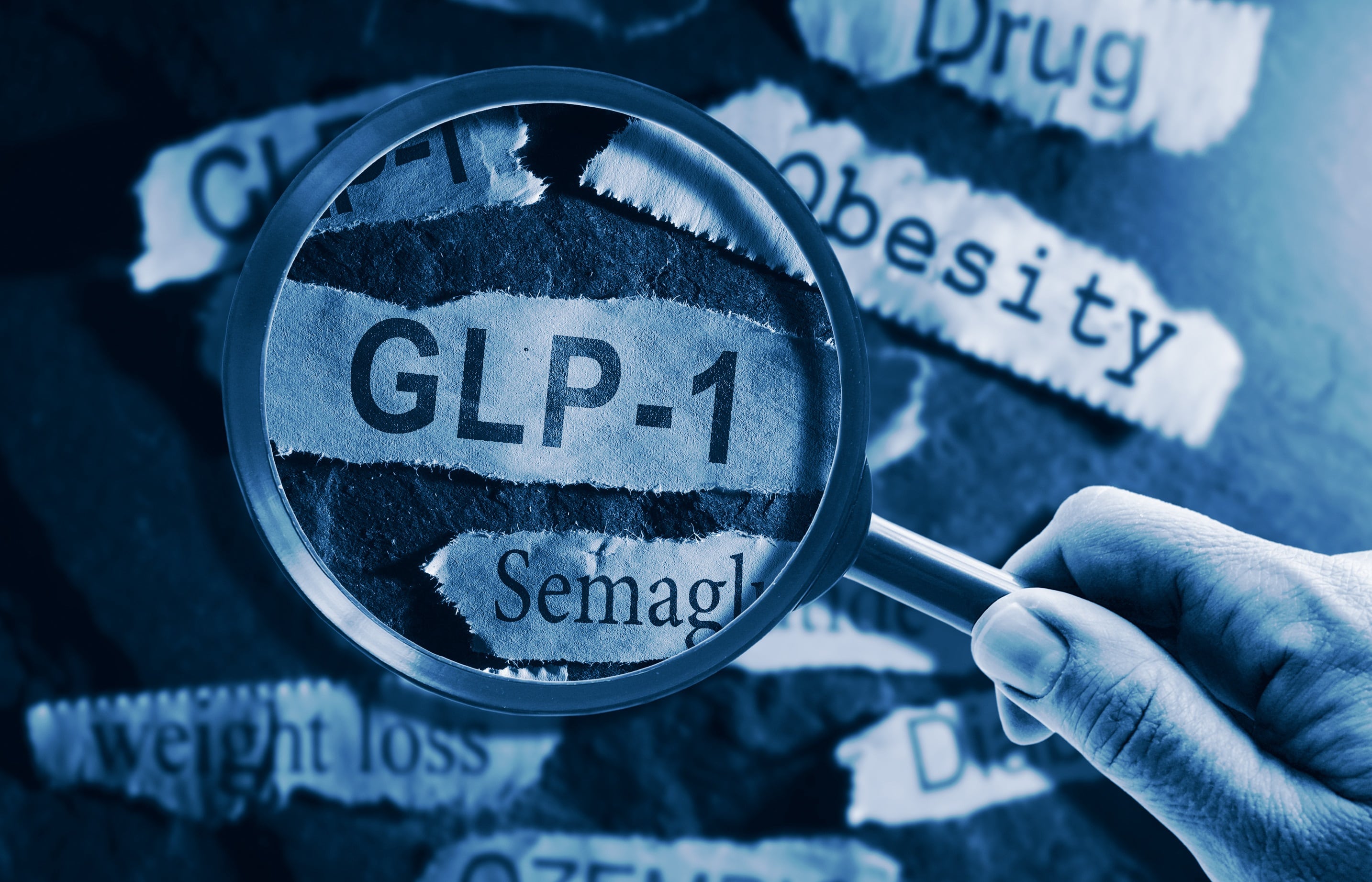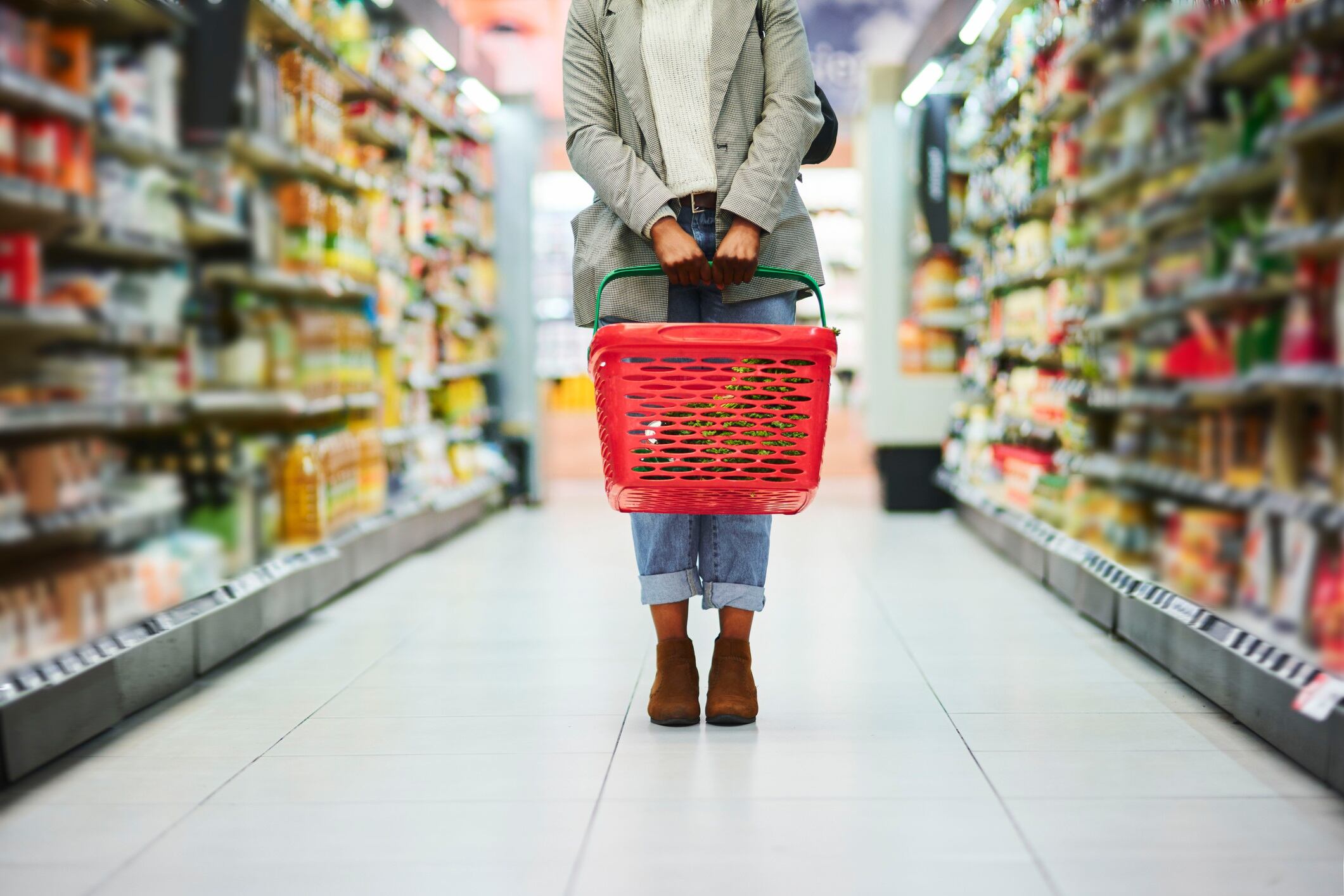According to market research company Mintel, in the US, 15% of adults who currently claim to be managing their weight are using GLP-1 medications. And Morgan Stanley estimates that by 2035, 24 million US adults will be taking weight loss drugs.
Rick Miller, RD, Food and Drink Associate Director at Mintel, told us the rise in GLP-1 weight-loss drugs is already re-shaping food and beverage consumption patterns. “These drugs suppress appetite, reduce cravings, and make users feel fuller for longer, leading to smaller meal and snack portions,” Miller said. “There is a risk of malnutrition or muscle loss if nutrient intake is not carefully managed.”
This trend is driving demand for portion-controlled, nutrient-dense foods - and categories including dairy, snacking, confectionery and alcohol and are being affected in different ways. According to Sally Lyons Wyatt, Global EVP & Chief Advisor Consumer Goods & Foodservice Insights at Circana, LLC, food and beverage manufacturers are actively adapting their portfolios to account for the needs of these consumers.
“If you have a portfolio mixture, you’re fine,” she told us. “You should talk to lookalike audiences, be able to deliver specific messages based around their goals, whether that’s well-being or something else.”
How GLP-1 usage impacts core food and beverage categories
According to Mintel’s Rick Miller, the use of weight loss medications impacts a diverse range of food and beverage categories – with some more adversely affected than others.
In dairy, smaller, high-protein dairy formats (e.g., cottage cheese, protein shakes, snack-size yogurts) are gaining traction as they deliver essential nutrients in compact servings, helping users maintain muscle mass despite reduced caloric intake.
In snacking, appetite suppression is leading to a decline in snacking frequency and volume. “Snack makers are advised to focus on healthier, portion-controlled, high-protein, and high-fiber options to meet shifting demands,” Miller told us.
In confectionery, there is a rising demand for low-calorie and reduced-sugar versions of traditional treats. But indulgence remains important – even if brands are encouraged to position indulgent snacks as ‘permissible’ by offering healthier alternatives.
“All companies can be part of the GLP-1 journey – even the most indulgence-focused,” Circana’s Lyons Wyatt told us. “Consumers still want to indulge, even though they may not indulge as often or as much as maybe they would have in the past.”
Nestlé: an early entrant
In the US, food major Nestlé has been among the first on the market to introduce a GLP-1-tailored food line. Launched in 2024, Vital Pursuit is a range of high-protein, fibre-rich products portioned to match the reduced appetites of weight loss medication users and are said to be packed with essential nutrients. The product line includes frozen bowls with whole grains or protein pasta, sandwich melts and pizzas.
Meanwhile, dairy major Danone has also been active in communicating with consumers on a weight management journey, with a focus on health eating habits and nutritional advice.
As for alcohol, Mintel’s Rick Miller said major brewers in Europe currently appear to remain ‘relatively unconcerned’ about a significant decline in beer consumption, as beer is associated with relaxation and socializing rather than just caloric intake. “However, there is speculation that some users may reduce alcohol and other ‘addictive’ consumables,” he noted.
In foodservice, restaurants may see reduced visitation and less demand for appetizers and desserts, prompting a shift toward smaller, healthier menu items and snack-size formats, he predicted.
Weight gain: An untapped opportunity?
According to research released by Mintel this week, almost nine in 10 of Britain’s 18 to 34 year-olds are actively managing their weight.
But more than a quarter of young males (aged 18-24) are nearly three times more likely than any other group to try and gain weight – spelling opportunities for several categories, including dairy.
In high-protein, dairy yogurts and beverages are well-positioned to serve this demographic – “especially as sports nutrition brands leverage their expertise in muscle support and hydration needs that overlap with both weight-gain and weight-loss audiences,” as Mintel’s Rick Miller told us.
Other categories that can contribute to healthy weight gain include:
- Sports nutrition products (protein bars, shakes, meal replacements)
- Wholegrain cereals and granola
- Fortified beverages (e.g., protein-enriched milks, smoothies)
One thing is certain: the weight management trend is set to continue shaping the food and beverage space in the foreseeable future.
“I think that’s going to continue to change the landscape of what consumers are eating and where they’re getting it from in the future,” Circana’s Sally Lyons Wyatt concluded. “And it’s going to fuel innovation as manufacturers look at their innovation pipelines.”


